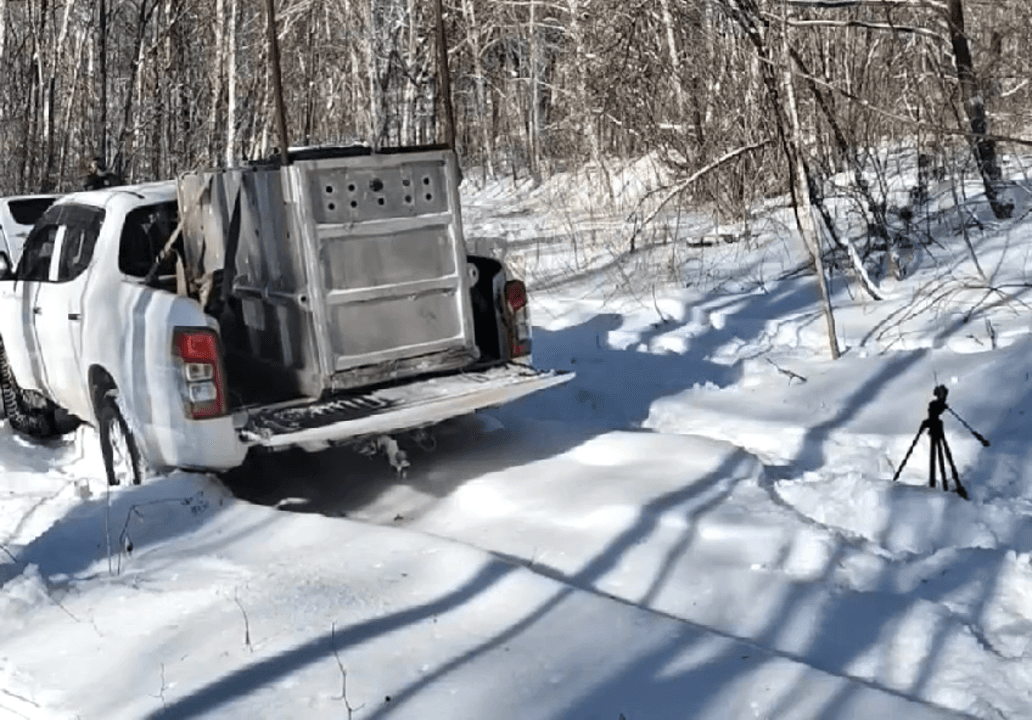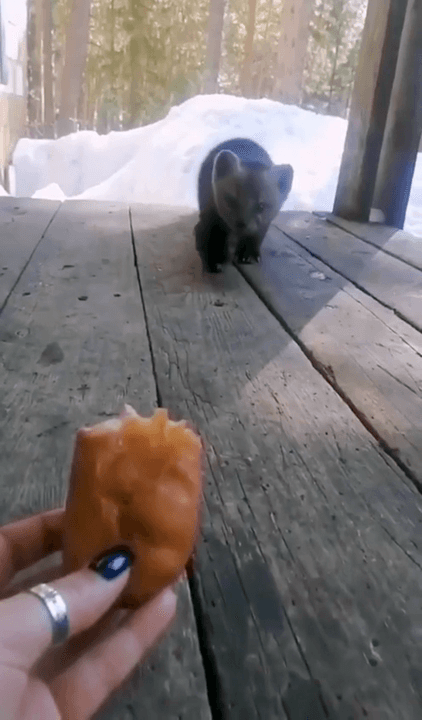
Töv Province, Mongolia: Hunting Traditions, Seasons, Demographics, Associations and Clubs, Laws Mongolia’s Töv Province, located in the heart of the country, is a land of vast steppes, rugged mountains, and rich cultural heritage. For hunters, this region offers a unique blend of adventure, tradition, and access to some of the most sought-after game in Central Asia. However, hunting in Töv is not just about the pursuit of wildlife; it is deeply intertwined with the history, culture, and challenges of the region. Hunting has been an integral part of Mongolian culture for thousands of years. For the nomadic tribes of Mongolia, hunting was not just a means of survival but also a way of life. The ancient Mongols, including the legendary Genghis Khan, were skilled hunters who relied on their prowess to feed their families and train for warfare. Hunting was often seen as a test of skill, courage, and endurance, qualities that were highly valued in Mongolian society. In Töv Province, huntin
Post: 29 May 14:12
















































